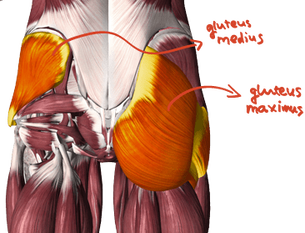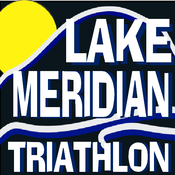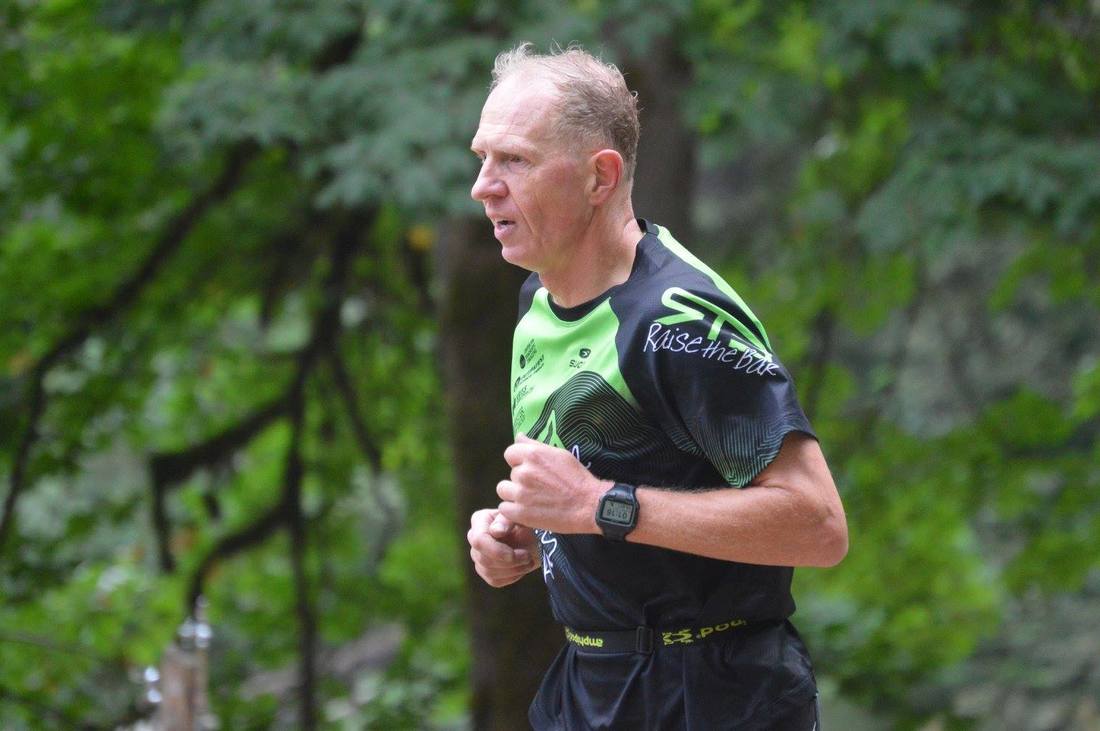 By Holly Pennington, PT, DPT/Outpatient Physical Therapy Your gluteus maximus may be the largest muscle in your body, but is it your strongest? Known for its size and power, the glute max has the potential to be a triathlete’s greatest asset. But, due to lifestyle factors such as jobs that require prolonged sitting, this muscle often becomes stretched out and disengaged, causing smaller, surrounding muscles to pick up its slack. Over time, this causes a domino effect of compensations and injuries in areas as close to the hip as the low back and as far away as the foot. If your gluteus maximus is not all that it was created to be, but you wonder if squats and bridges are really worth your time, these 7 benefits of stronger glutes are for you. 1. Stop knee pain. Anterior knee pain (such as patellar tendonitis), is one of the five most common injuries amongst triathletes. Because weak hips cause the knee joint and thigh muscles to work overtime, treatment for anterior knee pain focuses on hip strengthening instead of knee strengthening. Keeping your knees healthy and pain free means keeping your gluteus maximus and gluteus medius strong. 2. Prevent hamstring cramps. The July RTB blog article discussed the neuromuscular control theory for Exercise Associated Muscle Cramps (EAMC). The gluteus maximus and hamstrings share common functions during the swing and stance phases of running, the extension phase of freestyle kicking, and the backstroke of pedaling while cycling. Weak glutes place an increased demand on your hamstrings, making them more likely to prematurely fatigue and, eventually, cramp. 3. Reduce back pain. Scientific research links gluteal muscle weakness with low back pain. In triathletes, back pain is most often associated with the cycling position. Due to the proximity to the lumbar spine, your hips directly impact your lower spine mobility and stability. On the bike, you need to maintain a stable yet flexed position in your spine for prolonged periods. In other words, you need the support of your strong and powerful glutes. 4. Improve your posture. When you sit for prolonged periods, your posterior hip (gluteus maximus) becomes stretched out, weak and disengaged while your anterior hip (hip flexor) shortens. Tight hip flexors cause the pelvis to tilt forward, resulting in a “hunched” or “slouched” posture that moves your center of gravity forward. This type of posture alters your running form, cycling comfort and swimming alignment.
7. Help you run faster. Efficient runners have a strong core – which includes hip muscles - and take advantage of the power that the large gluteus maximus can generate. If you are running with a gluteus maximus that under functions, you are asking too little of your large muscles and too much of your smaller ones, ultimately decreasing the efficiency – and speed - of your run.
0 Comments
Your comment will be posted after it is approved.
Leave a Reply. |
Raise the BarRace reports, upcoming events, news, and more, from RTB. Archives
September 2023
|


 RSS Feed
RSS Feed




